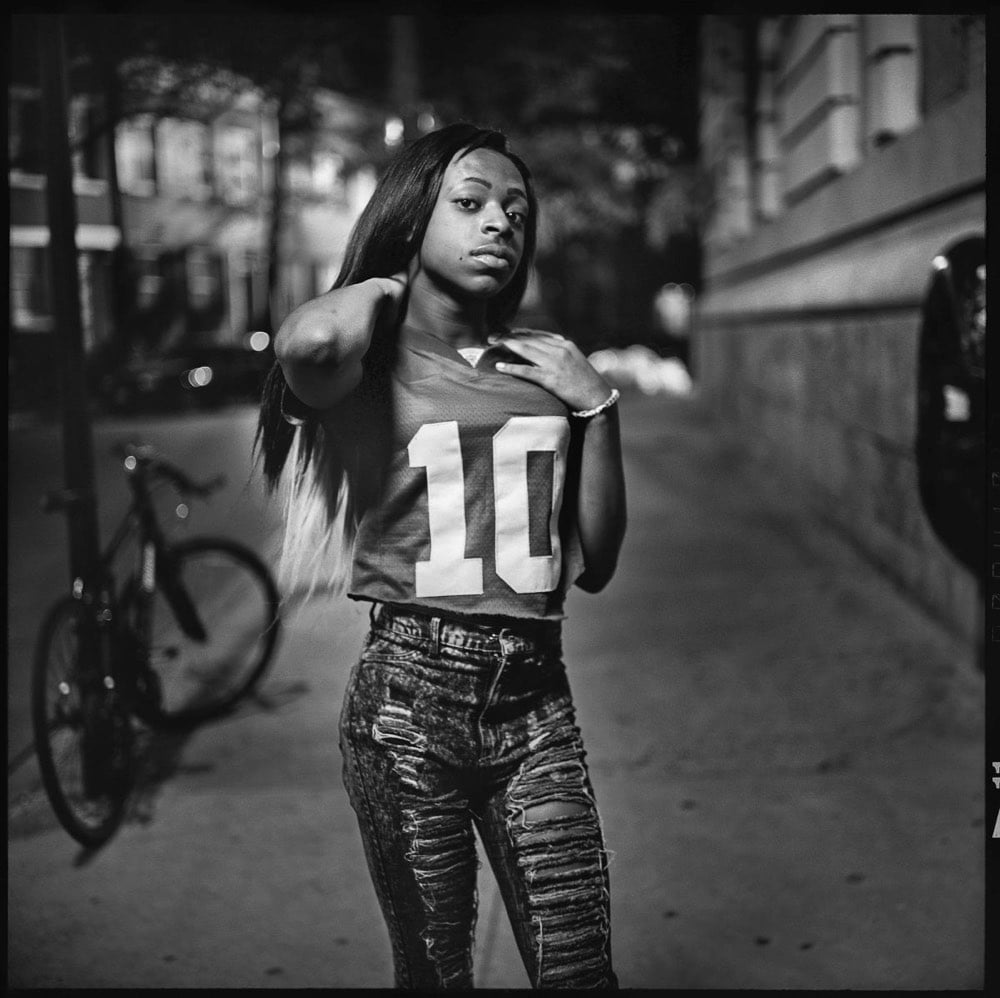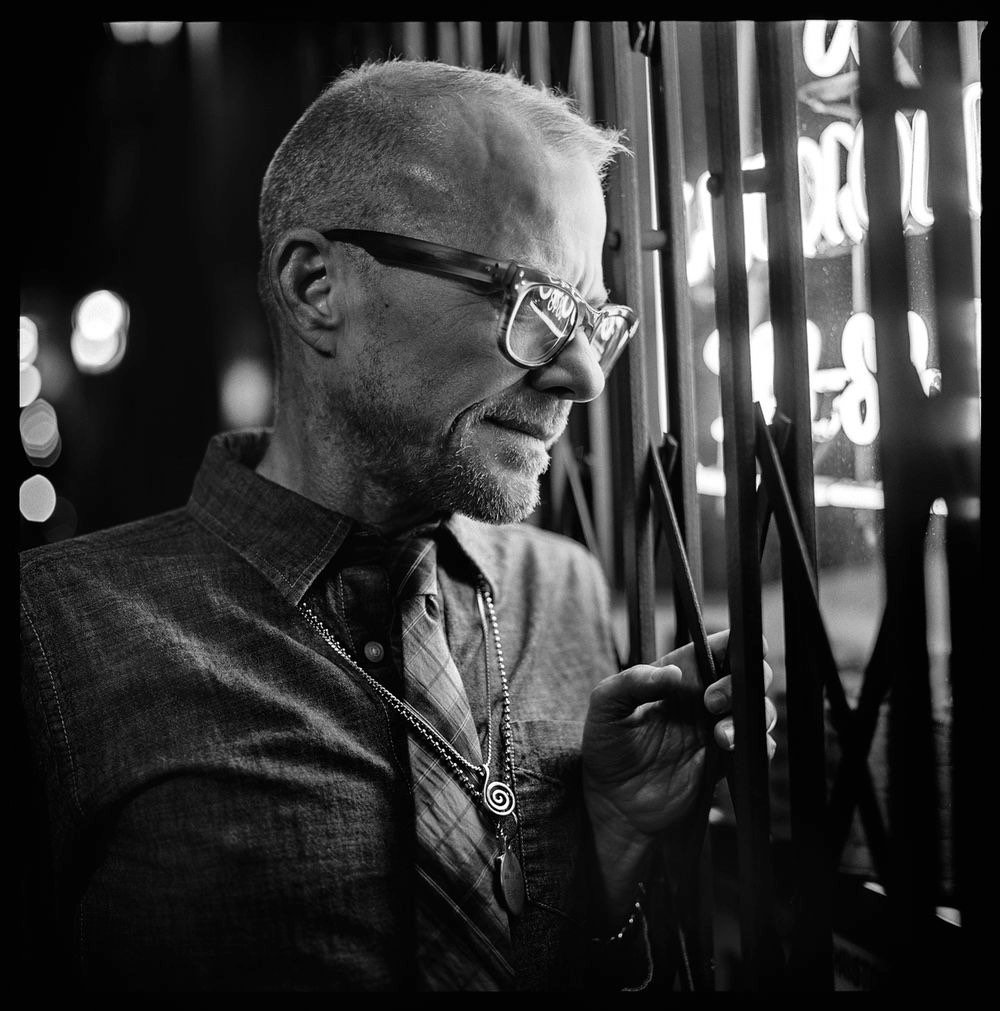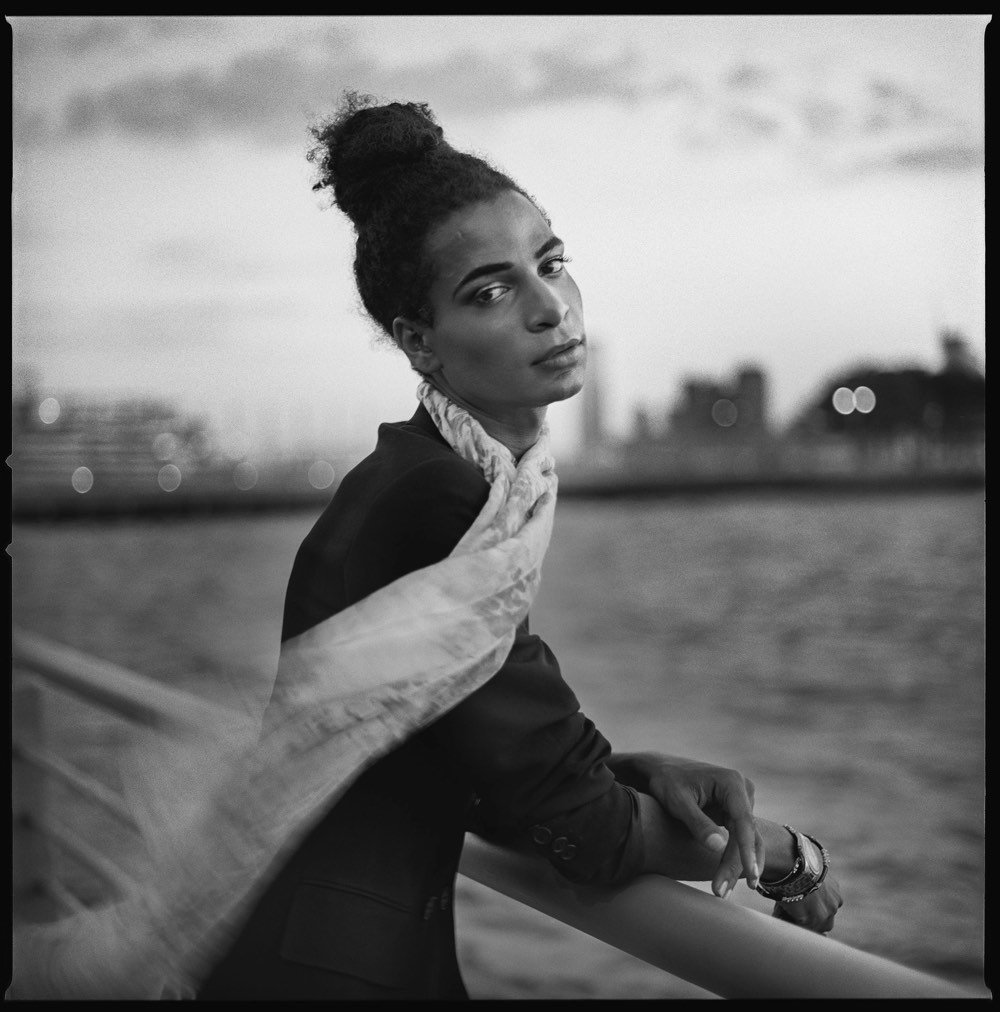The trans community of Christopher Street



Over a number of recent summers, well-known portrait photographer Mark Seliger has been documenting the transgender community that gathers on Christopher St in the West Village. Since Seliger’s website is slow and bloated, I’d recommend checking out coverage of the photos on The Advocate, The New Yorker, American Photo, and PDN. I lived on Christopher Street for several years1 and definitely recognize a couple of people in Seliger’s photos.
It was in the Village, on Christopher Street and the nearby piers, where many trans and queer people first shared space with others like them. For generations, these places provided mirrors for those who rarely saw reflections of themselves. On Christopher Street, there were multitudes of potential selves: transgender, transsexual, non-binary, genderqueer, femme, butch, cross-dresser, drag king or queen, and other gender identities and sexual orientations that challenge social norms.
Seliger has collected the photos into a book, On Christopher Street: Transgender Stories and the photos will be on display at 231 Projects in Chelsea until early January.
What an amazing and challenging place to live. While the rest of Manhattan (and the West Village) was either gentrified or gentrifying quickly, on Christopher St, you could still find aspects of “old New York” some long-time residents are so nostalgic for. When I lived there (roughly 2009-2014), it was still very much a place where LGBTQ+ people (especially those of color) could come and be their authentic selves with other members of their community, an opportunity denied them in their neighborhoods in Queens or Jersey City. But there was also crime: people openly selling drugs on the corner, robberies, open prostitution, anti-gay violence, and every single weekend from mid-spring to mid-fall, there was property damage up and down the street from visitors absolutely trashing the neighborhood. In response to the crime, the NYPD basically set up a command center on the street with mobile patrol towers and massive lights. Some summer Saturday nights felt like a war zone.↩





Stay Connected